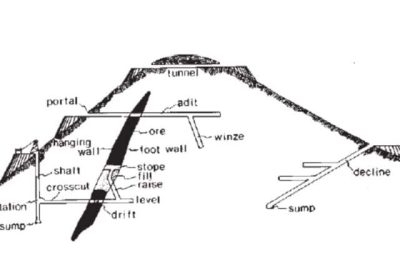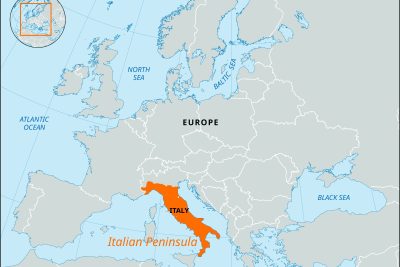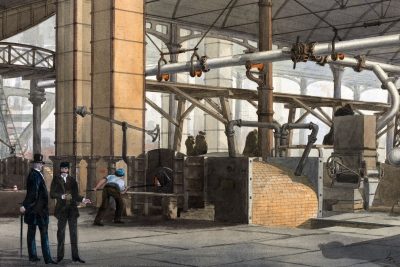
Capital of CO: A Quick Summary of Denver's Highlights

Welcome to Denver, the capital of Colorado, a vibrant city known for its rich history, bustling economy, and stunning outdoor recreational opportunities. Nestled at an elevation of 5,280 feet, Denver is often referred to as the "Mile High City," a nod to its unique geographical location. With a population exceeding 715,000, this thriving metropolis combines modern city life with a wealth of cultural and historical significance.
From its early days as a mining town in the 19th century to its current status as a major economic hub, Denver has evolved dramatically. This article aims to highlight the key aspects of Denver that make it a leading destination not just in Colorado, but across the United States. Join us as we explore its history, economic landscape, recreational opportunities, and the vital role it plays as the capital of CO.
- History of Denver: From Settlement to Capital
- The "Mile High City": Elevation and Geography
- Economic Growth: From Mining to Modern Hub
- Transportation and Industry: Denver's Economic Landscape
- Recreational Opportunities: Winter Sports and Beyond
- The U.S. Mint: Coin Production and Gold Depository
- Conclusion: Why Denver Stands Out as Colorado's Capital
History of Denver: From Settlement to Capital
The story of Denver begins in the summer of 1858 when a group of gold prospectors first arrived in the area, initially naming the settlement St. Charles. The name didn’t stick for long as the growing community was officially renamed Denver City in 1859 after James W. Denver, the territorial governor of Kansas. The settlement quickly gained momentum due to the gold rush, and by the mid-1860s, it was designated as the territorial capital of Colorado, further solidifying its importance in the region.
Denver continued to grow and evolve, merging with the nearby settlement of Auraria in 1867, which contributed to its early development. As more people flocked to the city, Denver became a hub for miners and their families, establishing itself as a key player in the burgeoning mining economy. The discovery of silver in the late 19th century would further fuel the city’s growth, and by the 1870s and '80s, Denver was firmly established as a center for mining, commerce, and transportation.
The "Mile High City": Elevation and Geography
Situated at a remarkable elevation of 5,280 feet above sea level, Denver is aptly nicknamed the "Mile High City." This unique geographical feature influences the city's climate, outdoor activities, and even the way residents experience day-to-day life. The eastern slope of the Rocky Mountains borders the city, providing stunning vistas, and creating a natural playground for outdoor enthusiasts.
Denver's geography offers a mix of urban and outdoor activities, with access to both recreational opportunities and metropolitan conveniences. The proximity to the mountains allows residents and tourists alike to enjoy skiing, hiking, and other outdoor adventures just a short drive from the city. Additionally, the South Platte River flows through Denver, offering residents scenic views and recreational options such as fishing and biking along its trails.
Economic Growth: From Mining to Modern Hub
Denver's journey from a mining town to a modern economic powerhouse is truly remarkable. After the initial mining boom, the industrial revolution hit, further transforming the capital of CO into a significant commercial center. As transportation infrastructures, like the railroad, developed, they facilitated the movement of goods and people, which attracted more businesses to the area.
Today, Denver boasts a diverse economy that spans various sectors, including technology, energy, healthcare, and aerospace. The city's strategic location also makes it a central point for businesses looking to serve the western United States. As a result, startups and established companies alike have found a thriving environment in Denver, contributing to the city’s reputation as one of the fastest-growing economic hubs in the nation.
Transportation and Industry: Denver's Economic Landscape
The capital of Colorado serves as a vital transportation hub, underpinned by an extensive network of roads, railways, and airports. The Denver International Airport (DIA) is one of the largest and busiest airports in the country, providing easy access for both domestic and international travelers. The airport has become a significant driver of economic growth, supporting tourism and enhancing business opportunities.
In addition to air travel, Denver has invested heavily in its public transportation system, including light rail and bus services that connect the city and surrounding areas. These investments facilitate commuting and support Denver's efforts to create a sustainable and livable urban environment. Coupled with a growing interest in eco-friendly initiatives, the city is making strides toward enhancing its infrastructure to support both industry and residents.
Recreational Opportunities: Winter Sports and Beyond
Denver is surrounded by breathtaking natural beauty, making it one of the premier destinations for outdoor recreation. The city offers a plethora of recreational opportunities, from winter sports to hiking trails and parks. Ski resorts such as Breckenridge and Vail are just a short drive away, providing access to world-class slopes that attract millions of visitors each year.
In addition to winter sports, Denver features numerous parks and green spaces, including the expansive City Park and Washington Park. These parks are ideal for picnicking, jogging, biking, and enjoying various outdoor activities throughout the year. With over 200 city parks and an array of cultural attractions, Denver promotes a balanced lifestyle that emphasizes both fitness and leisure.
The U.S. Mint: Coin Production and Gold Depository
The Denver branch of the U.S. Mint is a significant landmark and plays a crucial role in the nation’s financial system. As one of the largest mints in the United States, it is responsible for producing a large portion of the country’s coinage. Established in 1906, the mint was initially located in a former courthouse building and has since expanded to accommodate coin production and storage.
In addition to its minting operations, the Denver Mint is also a key gold depository, holding a vast amount of gold reserves. This financial institution not only serves as a crucial part of the national economy but also attracts tourists who are interested in learning about the coin production process and the history of currency in the United States.
Conclusion: Why Denver Stands Out as Colorado's Capital
Denver's unique blend of history, economic growth, and recreational opportunities makes it a standout as the capital of Colorado. The city's rich heritage and evolution from a mining town to a modern economic hub illustrate its resilience and adaptability. Its stunning natural environment offers an array of outdoor activities, making it a desirable location for both residents and tourists alike.
As Denver continues to grow and develop, it remains a vibrant center for commerce, culture, and exploration. With its combination of urban sophistication and outdoor adventure, the Mile High City truly exemplifies what it means to be the capital of CO—welcoming all who come to experience its charm and opportunities.
Did you find this article helpful? Capital of CO: A Quick Summary of Denver's Highlights See more here General.
Leave a Reply






Related posts